Arm Lifting in Turkey
Arm lifting, also known as brachioplasty, is a cosmetic procedure in Turkey designed to remove excess skin and fat from the upper arms, resulting in a more toned and contoured appearance. Turkey is a popular destination for arm lifting due to its high-quality medical care, experienced surgeons, and affordable prices. Comprehensive care packages often include pre-operative consultations, the surgery itself, and post-operative follow-up.
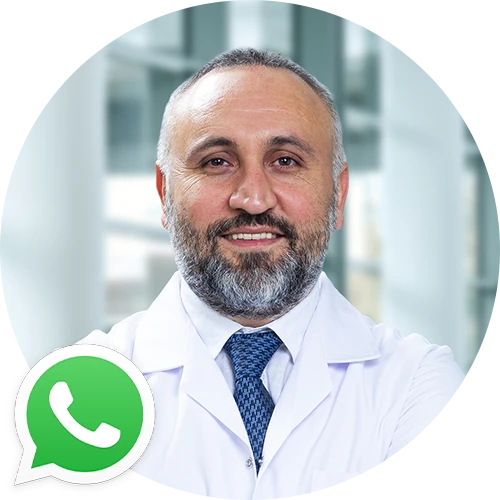
Arm Lifting in Turkey: A Comprehensive Overview
Arm lifting surgery in Turkey, also known as brachioplasty, is a procedure designed to reshape and tone the upper arms by removing excess skin and fat. Renowned for high-quality healthcare and affordable prices, Turkey has become a top destination for cosmetic surgeries.
The process begins with a thorough consultation and medical evaluation to determine the patient’s suitability for the procedure. The surgery is performed using advanced techniques in modern, high-tech facilities by skilled plastic surgeons. Post-operative care includes regular follow-up visits, personalized recovery plans, and guidance on maintaining the results.
Arm Lifting Steps
- Consultation and Planning: The surgeon evaluates the patient’s arms and discusses desired outcomes.
- Anesthesia: Administered for the patient’s comfort during the procedure.
- Incision: Made from the underarm to the elbow to remove excess skin and fat.
- Reshaping: The underlying supportive tissue is tightened and reshaped with sutures.
- Closure: The incisions are closed with sutures to create a more toned arm contour.
- Recovery: Involves rest, limited movement, and following the surgeon’s care instructions to ensure proper healing.
Plan Your Trip to Turkey for Arm Lifting Surgery
| Timeline | Activity | Recommendations |
|---|---|---|
| 6-12 Months Before | Initial Consultation | Consult with your local doctor and a Turkish clinic remotely to discuss eligibility and potential dates. |
| 3-6 Months Before | Medical Preparation | Begin necessary dietary and medical preparations as advised by the surgical team. |
| 1 Month Before | Travel Arrangements | Book flights and accommodation. Arrange for medical visas if necessary. |
| 2 Weeks Before | Final Checks | Finalize all personal and medical preparations. Confirm travel itinerary and local transport in Turkey. |
| Arrival in Turkey | Pre-Op Consultation | Meet with your surgical team in Turkey for a final pre-operative consultation. Undergo any last-minute tests. |
| Day of Surgery | Surgery | Proceed with the arm lifting surgery as scheduled. |
| 1-2 Weeks Post-Surgery | Recovery in Turkey | Stay in Turkey for initial recovery and follow-up appointments. Follow all post-operative care guidelines. |
| Return Home | Post-Surgery Follow-up | Continue recovery at home with regular follow-ups remotely or with local healthcare providers. |

Need Help? Contact Us!
7/24 Obesity Help Desk
Arm Lifting Turkey Cost 2025
The cost of arm lift surgery in Turkey varies widely based on several factors, including the surgeon’s experience, the clinic’s facilities, and the extent of the surgery required. Generally, the procedure is more affordable in Turkey compared to many Western countries, making it a popular destination for medical tourism.
From the information gathered, the average cost of an arm lift in Turkey can range from as low as $1,000 to as high as $2,900, with an average around $2,050. This cost can include not only the surgical procedure but also may cover postoperative care, accommodation, and transportation depending on the clinic’s package offers.
| Region | Average Arm Lifting Cost |
 Turkey Turkey | $1,000 – $2,900 or more |
 USA USA | $8,000 – $12,000 or more |
 Canada Canada | $8,000 – $12,000 or more |
 UK UK | £5,000 – £8,000 or more |
 Australia Australia | AUD 8,000 – AUD 15,000 or more |
 Germany Germany | €8,000 – €10,000 or more |
 France France | €7,000 – €10,000 or more |
Why does Arm Lifting Cost in Turkey Cheap?
- Exchange rate: Favorable exchange rates for foreign currencies relative to the Turkish lira can make procedures even cheaper for international patients.
- Standardized procedures: Many Turkish clinics employ standardized protocols and techniques for common procedures like Arm Lifting, achieving efficiency and cost savings.
How to Reach Turkey?
By Air: Turkey is well-connected with direct flights from major cities around the world. There are international airports in Istanbul, Ankara, Antalya, and Izmir, among others. You can check for flights from your nearest major airport to one of these Turkish cities.
By Sea: Turkey has several ports that receive passenger ferries from neighboring countries and islands. You can travel to Turkey by ferry from Greece, Russia, Ukraine, and other nearby locations. Major ports include Istanbul, Izmir, and Antalya.
By Train: While not as common as air or sea travel, you can also reach Turkey by train from select European cities. The most common routes are from Sofia, Bulgaria, and Bucharest, Romania, to Istanbul. However, train travel to Turkey may require multiple transfers and take longer compared to air or sea travel.
| Departure City | Arrival City | Duration | Estimated Price |
|---|---|---|---|
| 🛫 London (LHR) | 🛬 Istanbul (IST) | ⏰ 3 hours 50 minutes | 💰 $300 |
| 🛫 Manchester (MAN) | 🛬 Istanbul (IST) | ⏰ 4 hours 35 minutes | 💰 $350 |
| 🛫 Paris (CDG) | 🛬 Istanbul (IST) | ⏰ 3 hours 25 minutes | 💰 $280 |
| 🛫 Frankfurt (FRA) | 🛬 Istanbul (IST) | ⏰ 2 hours 55 minutes | 💰 $320 |
| 🛫 Moscow (VKO) | 🛬 Istanbul (IST) | ⏰ 4 hours 25 minutes | 💰 $400 |
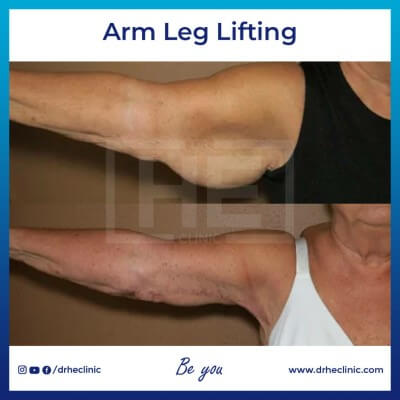
Arm Lifting Before and After Photos
Submit your request for access to before and after photos to see actual patient results from our many cosmetic procedures and treatments at Dr. HE Clinic.
Arm Lifting Reviews
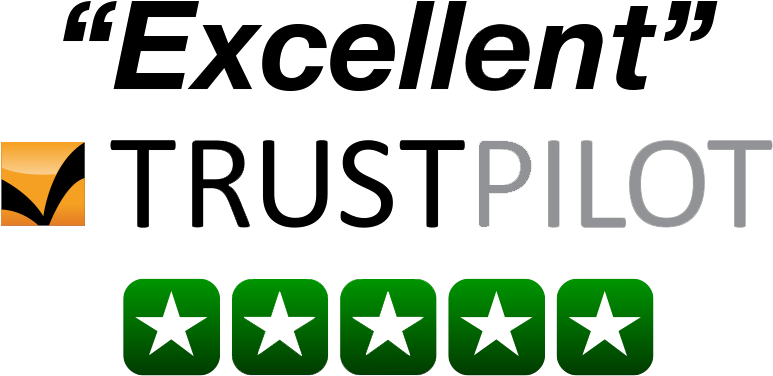

Posted on
Truspilot
Posted on
TruspilotIs it Safe To Have A Arm Lifting in Turkey?
Frequently Asked Questions About Arm Lifting
Is Arm Lifting Painful?
Arm lifting surgery involves some pain and discomfort, which can be managed with prescribed pain medication. Most patients find that the pain decreases significantly within a few days to weeks.
Does Health Insurance Pay for the Arm Lfting?
In general, health insurance typically does not cover the cost of arm lifting procedures (brachioplasty) when performed for cosmetic reasons. Arm lifting is considered an elective cosmetic surgery, and most health insurance policies do not provide coverage for procedures that are not considered medically necessary.
What are the Advantages of Arm Lifting in Turkey?
The advantages of arm lifting in Turkey include high-quality care from experienced surgeons, affordable prices, advanced medical facilities, and comprehensive care packages. Additionally, patients can enjoy a comfortable recovery in Turkey’s beautiful and culturally rich environment.
QUALITY CERTIFICATES
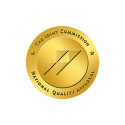
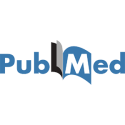
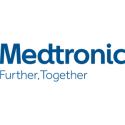
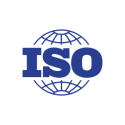



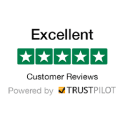

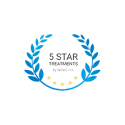


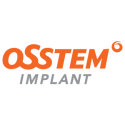



Posted on
Truspilot